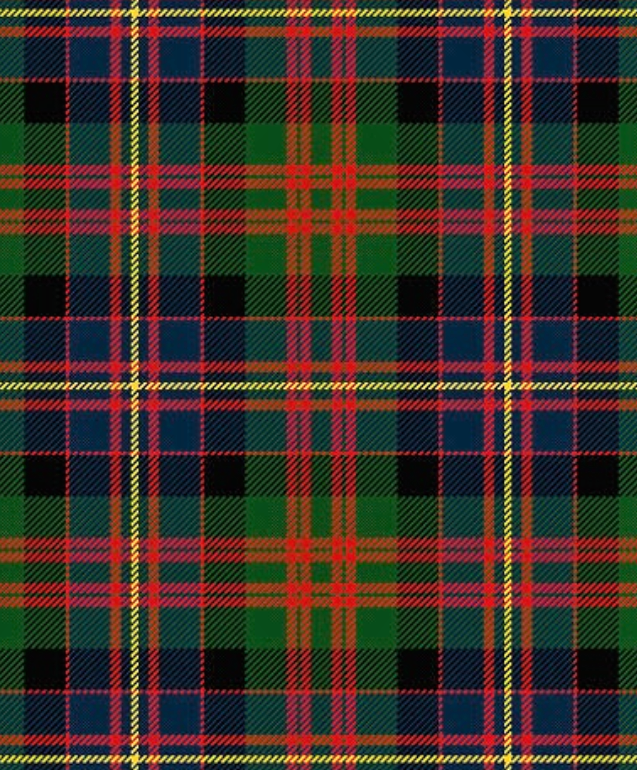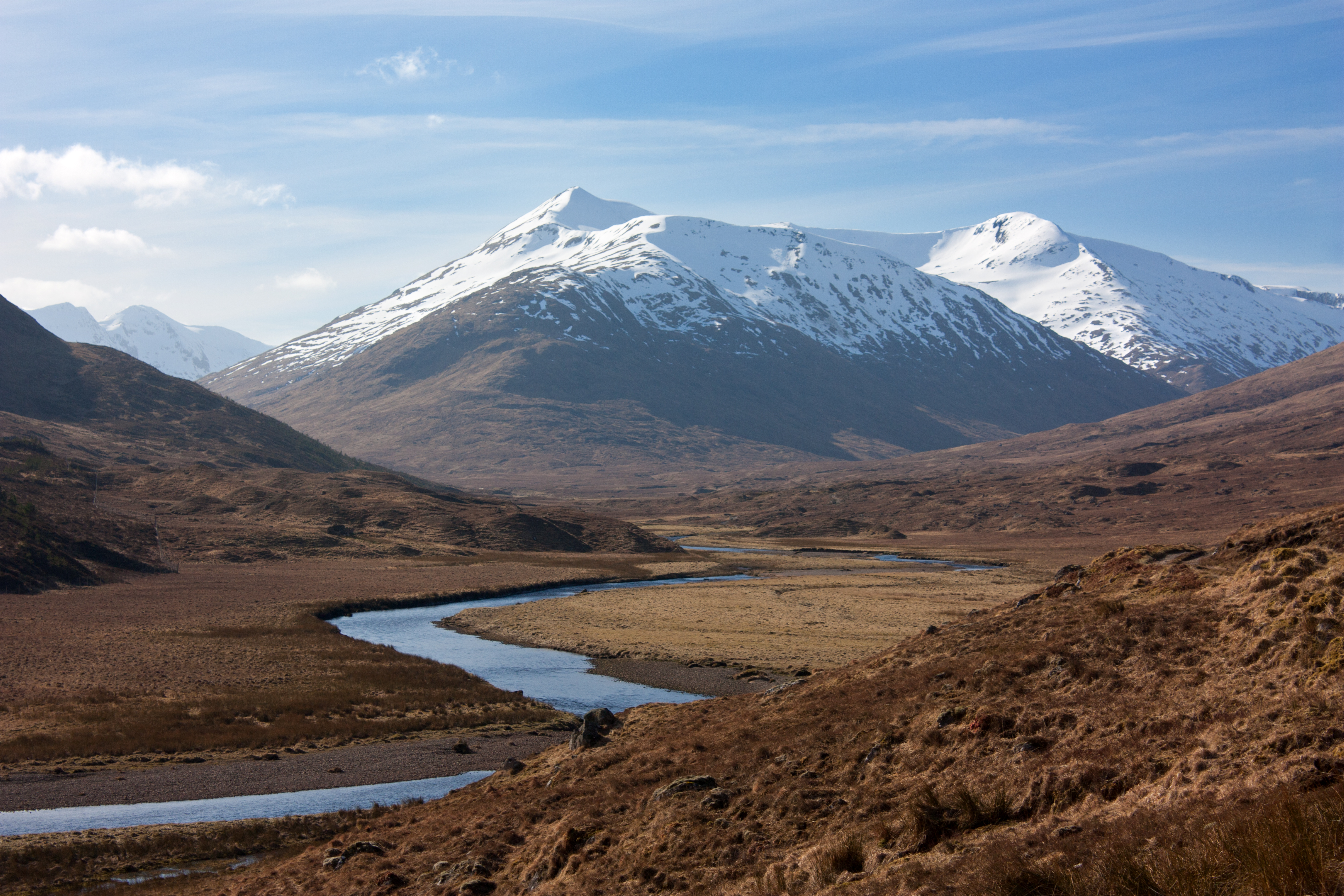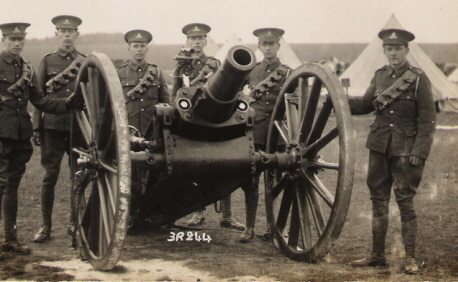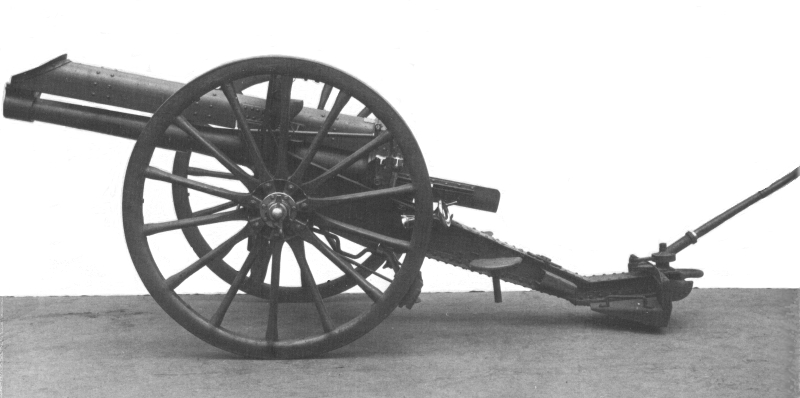|
64th Division (United Kingdom)
The 64th (2nd Highland) Division was an infantry division of the British Army, raised during the Great War. The division was formed in late 1914 as a second-line Territorial Force formation which served on home defence duties throughout the war. The division was formed as a duplicate of the 51st (Highland) Division in 1914, composed primarily of soldiers from Highland regiments recruited in northern and central Scotland. By 1917-18, however, it had become a training unit composed of conscripts from throughout Britain. It remained on home defence and training duties in Scotland and England throughout the war, and disbanded in early 1919 following the Armistice of 11 November 1918. History The division was created as the "2nd Highland Division", a second-line formation of the Highland Division at the end of August 1914. At this time, Territorial Force soldiers could not be deployed overseas without their consent and the Territorial units were accordingly split into a "first line", ... [...More Info...] [...Related Items...] OR: [Wikipedia] [Google] [Baidu] |
Infantry
Infantry is a military specialization which engages in ground combat on foot. Infantry generally consists of light infantry, mountain infantry, motorized infantry & mechanized infantry, airborne infantry, air assault infantry, and marine infantry. Although disused in modern times, heavy infantry also commonly made up the bulk of many historic armies. Infantry, cavalry, and artillery have traditionally made up the core of the combat arms professions of various armies, with the infantry almost always comprising the largest portion of these forces. Etymology and terminology In English, use of the term ''infantry'' began about the 1570s, describing soldiers who march and fight on foot. The word derives from Middle French ''infanterie'', from older Italian (also Spanish) ''infanteria'' (foot soldiers too inexperienced for cavalry), from Latin '' īnfāns'' (without speech, newborn, foolish), from which English also gets '' infant''. The individual-soldier term ''infantry ... [...More Info...] [...Related Items...] OR: [Wikipedia] [Google] [Baidu] |
Queen's Own Cameron Highlanders
The Queen's Own Cameron Highlanders or 79th (The Queen's Own Cameron Highlanders) Regiment of Foot was a line infantry regiment of the British Army, raised in 1793. It amalgamated with the Seaforth Highlanders (Ross-shire Buffs, The Duke of Albany's) to form the Queen's Own Highlanders in 1961. History The regiment was raised as the 79th Regiment of Foot (Cameronian Volunteers) on 17 August 1793 at Fort William from among the members of the Clan Cameron by Sir Alan Cameron of Erracht.Jameson, p. 2 Wars with France 1793 – 1815 The regiment was deployed briefly to Ireland and southern England, then to Flanders in 1794 where it took part in an unsuccessful campaign under the command of the Duke of York during the French Revolutionary Wars.Jameson, p. 3 On its return to England the 79th Foot was listed for disbandment, with the men being drafted into other units. In the end the regiment was reprieved, being instead posted to the West Indies in 1795; after a two-year tour t ... [...More Info...] [...Related Items...] OR: [Wikipedia] [Google] [Baidu] |
1st Argyll And Bute Artillery Volunteers
The 1st Argyll & Bute Artillery Volunteers was a part-time unit of the British Army's Royal Artillery formed in Scotland in 1860 in response to a French invasion threat. It 1908 it became the only Mountain Artillery unit in the Territorial Force, and saw action at Gallipoli and Salonika during World War I. Before World War II it became the first Territorial Anti-Tank unit. One of its successor units was captured at Saint-Valery-en-Caux during the Battle of France, but others saw action in the campaigns in North Africa and Sicily, and in North West Europe from D Day to VE Day, including Arnhem and the Rhine Crossing. It continued in the postwar Territorial Army until 1955. Artillery Volunteers The enthusiasm for the Volunteer movement following an invasion scare in 1859 saw the creation of many Rifle and Artillery Volunteer Corps composed of part-time soldiers eager to supplement the Regular British Army in time of need. The 1st Administrative Brigade, Argyll Artillery Volunte ... [...More Info...] [...Related Items...] OR: [Wikipedia] [Google] [Baidu] |
Royal Army Service Corps
The Royal Army Service Corps (RASC) was a corps of the British Army responsible for land, coastal and lake transport, air despatch, barracks administration, the Army Fire Service, staffing headquarters' units, supply of food, water, fuel and domestic materials such as clothing, furniture and stationery and the supply of technical and military equipment. In 1965 its functions were divided between other Corps ( RCT and RAOC) and the RASC ceased to exist; subsequently, in 1993, they in their turn (with some functions of the Royal Engineers) became the "Forming Corps" of the Royal Logistic Corps. History For centuries, army transport was operated by contracted civilians. The first uniformed transport corps in the British Army was the Royal Waggoners formed in 1794. It was not a success and was disbanded the following year. In 1799, the Royal Waggon Corps was formed; by August 1802, it had been renamed the Royal Waggon Train. This was reduced to only two troops in 1818 and finally ... [...More Info...] [...Related Items...] OR: [Wikipedia] [Google] [Baidu] |
Royal Garrison Artillery
The Royal Garrison Artillery (RGA) was formed in 1899 as a distinct arm of the British Army's Royal Regiment of Artillery serving alongside the other two arms of the Regiment, the Royal Field Artillery (RFA) and the Royal Horse Artillery (RHA). The RGA were the 'technical' branch of the Royal Artillery who were responsible for much of the professionalisation of technical gunnery that was to occur during the First World War. It was originally established to man the guns of the British Empire's forts and fortresses, including coastal artillery batteries, the heavy gun batteries attached to each infantry division and the guns of the siege artillery. The RGA was amalgamated with the RFA in 1924, from which time the only two arms within the Royal Regiment of Artillery have been the Royal Artillery and the Royal Horse Artillery. Organisation The Royal Garrison Artillery came into existence as a separate entity when existing coastal defence, mountain, siege and heavy batteries of t ... [...More Info...] [...Related Items...] OR: [Wikipedia] [Google] [Baidu] |
Highland (Fifeshire) Heavy Battery, Royal Garrison Artillery
Highlands or uplands are areas of high elevation such as a mountainous region, elevated mountainous plateau or high hills. Generally, ''upland'' refers to a range of hills, typically from up to , while ''highland'' is usually reserved for ranges of low mountains. However, the two terms are sometimes interchangeable. Highlands internationally Probably the best-known area officially or unofficially referred to as ''highlands'' in the Anglosphere is the Scottish Highlands in northern Scotland, the mountainous region north and west of the Highland Boundary Fault. The Highland council area is a local government area in the Scottish Highlands and Britain's largest local government area. Other highland or upland areas reaching 400-500 m or higher in the United Kingdom include the Southern Uplands in Scotland, the Pennines, North York Moors, Dartmoor and Exmoor in England, and the Cambrian Mountains in Wales Wales ( cy, Cymru ) is a Countries of the United Kingdom, country that ... [...More Info...] [...Related Items...] OR: [Wikipedia] [Google] [Baidu] |
1st Renfrew And Dumbarton Artillery Volunteers
The 1st Renfrew and Dumbarton Artillery Volunteers was a part-time unit of the British Army's Royal Artillery founded in Scotland in 1860. During World War I it served with 51st (Highland) Division at the Battle of the Somme before being broken up. In World War II is regiments saw action in the Battle of France, in the campaigns in North Africa, Sicily, Italy, the Greek Civil War and in North West Europe. It continued in the postwar Territorial Army until 1969. Volunteer Force The enthusiasm for the Volunteer movement following an invasion scare in 1859 saw the creation of many Rifle and Artillery Volunteer Corps composed of part-time soldiers eager to supplement the Regular British Army in time of need. Three Artillery Volunteer Corps (AVCs) were formed in Renfrewshire and three more in neighbouring Dumbartonshire in 1860, and on 22 August 1863 all six were included in the 1st Administrative Brigade, Renfrewshire Artillery Volunteers, under the command of Lieutenant-Colonel John ... [...More Info...] [...Related Items...] OR: [Wikipedia] [Google] [Baidu] |
1st Forfarshire Artillery Volunteers
The 1st Forfarshire Artillery Volunteers was a part-time unit of the British Army's Royal Artillery founded in Forfarshire (now Angus, Scotland, Angus) in Scotland in 1859. It served with 51st (Highland) Division through many of the major battles on the Western Front (World War I), Western Front during World War I. In World War II its regiments saw action in the Battle of France, in the campaigns in North African Campaign, North Africa and Allied invasion of Sicily, Sicily, and in Western Front (World War II)#1944–1945: The Second Front, North West Europe from D-Day to VE Day. It continued in the postwar Territorial Army (United Kingdom), Territorial Army until 1975. Volunteer Force The enthusiasm for the Volunteer movement following an invasion scare in 1859 saw the creation of many Rifle and Artillery Volunteer Corps composed of part-time soldiers eager to supplement the Regular British Army in time of need. By the end of April 1860 seven Artillery Volunteer Corps (AVCs) had b ... [...More Info...] [...Related Items...] OR: [Wikipedia] [Google] [Baidu] |
Royal Field Artillery
The Royal Field Artillery (RFA) of the British Army provided close artillery support for the infantry. It came into being when created as a distinct arm of the Royal Regiment of Artillery on 1 July 1899, serving alongside the other two arms of the regiment, the Royal Horse Artillery (RHA) and the Royal Garrison Artillery (RGA). It ceased to exist when it was amalgamated with the Royal Garrison Artillery in 1924. The Royal Field Artillery was the largest arm of the artillery. It was responsible for the medium calibre guns and howitzers deployed close to the front line and was reasonably mobile. It was organised into brigades, attached to divisions or higher formations. Notable members *Ernest Wright Alexander, Victoria Cross recipient *Colin Gubbins (1896–1976), prime mover of the Special Operations Executive (SOE) * Dar Lyon (1898–1964). first-class cricketer *Norman Manley (1893–1969), first Premier of Jamaica, serving from 14 August 1959 to 29 April 1962 * D ... [...More Info...] [...Related Items...] OR: [Wikipedia] [Google] [Baidu] |
1st Aberdeenshire Artillery Volunteers
The 1st Aberdeenshire Artillery Volunteers was a part-time unit of the British Army raised in Aberdeenshire and neighbouring counties in Scotland in 1860. Its successor units served with 51st (Highland) Division through many of the major battles on the Western Front during World War I. In World War II one of its regiments escaped the surrender of the 51st (Highland) Division in 1940 and went on to serve as heavy artillery in the Italian Campaign. The other regiment served with the reconstituted division at Alamein, in Sicily, Normandy and through North West Europe to the Rhine Crossing and beyond. It served on in the Territorial Army until 1967. Volunteer Force The enthusiasm for the Volunteer movement following an invasion scare in 1859 saw the creation of many Rifle and Artillery Volunteer Corps composed of part-time soldiers eager to supplement the Regular British Army in time of need. Seven Artillery Volunteer Corps (AVCs) were formed in Aberdeenshire:Beckett, Appendix ... [...More Info...] [...Related Items...] OR: [Wikipedia] [Google] [Baidu] |
Northern Army (Home Forces)
Northern Army was a home service formation of the British Army during the First World War, responsible for the defence of East Anglia. It was formed on 11 April 1916 under the command of Sir Bruce Hamilton, with headquarters at Mundford. The Army was composed of 1st Cyclist Division, 62nd (2nd West Riding) Division, 64th (2nd Highland) Division and four provisional brigades (3rd, 4th, 5th and 6th), with 68th (2nd Welsh) Division The 2nd Welsh Division was a 2nd Line Territorial Force division of the British Army in the First World War. The division was formed as a duplicate of the 53rd (Welsh) Division in January 1915. As the name suggests, the division recruited in Wal ... attached for training purposes.K. Mitchinson, ''Defending Albion: Britain's Home Army 1908-1919'' (2005p. 126 The Army was disbanded on 16 February 1918. [...More Info...] [...Related Items...] OR: [Wikipedia] [Google] [Baidu] |
Black Watch Brigade
The Black Watch Brigade was a Territorial Force infantry brigade of the British Army. Formed in 1908, it was not part of any division, instead being assigned to Coastal Defence duties in Scottish Command. It was dissolved in early 1915 as its constituent battalions were posted to other formations. History The Territorial Force (TF) was formed on 1 April 1908 following the enactment of the Territorial and Reserve Forces Act 1907 (7 Edw.7, c.9) which combined and re-organised the old Volunteer Force, the Honourable Artillery Company and the Yeomanry. On formation, the TF contained 14 infantry divisions and 14 mounted yeomanry brigades. Three more infantry brigades also existed outside the divisional structure: the Black Watch Brigade, the Lothian Brigade and the South Wales Brigade. The brigade headquarters was at Dundee and, as the name would suggest, it was organized with four battalions of the Black Watch (Royal Highlanders): * 4th (City of Dundee) Battalion at Dundee * 5t ... [...More Info...] [...Related Items...] OR: [Wikipedia] [Google] [Baidu] |



%2C_St._David's%2C_Bermuda_in_2011.jpg)



.jpg)
